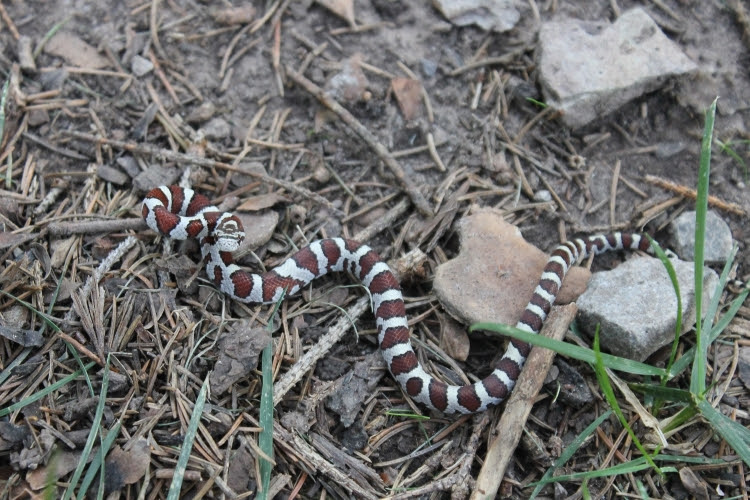

Red touches yellow, it's bad for a fellow." Ī young milk snake found in central Tennessee that has just eaten a lizardĭue to the many colors of the eastern milk snake ( L. "Red touches black, it's a friend of Jack.Examples of unreliable mnemonics commonly used: Some coral snakes do not have the typical banding colors or patterns. Experts now recognize that common mnemonics that people use to distinguish between the deadly coral snake and the harmless milk snake are not 100% reliable. Both milk snakes and coral snakes possess transverse bands of red, black, and yellow. Some milk snakes have a striking resemblance to coral snakes, in Batesian mimicry, which likely scares away potential predators. Milk snakes have smooth and shiny scales and their typical color pattern is alternating bands of red-black-yellow or white-black-red however, red blotches instead of bands are seen in some populations. Generally more tropical populations, from Mexico and further south, reach larger adult sizes than milk snakes living in the temperate zones. Males typically are larger than females in maturity, although females can be bulkier than males similar in length as well. However, unusually large milk snakes can become rather bulkier than average-sized adults and potentially weigh up to 750 to 1,400 g (1.65 to 3.09 lb), though high weights as such are generally reported from captivity. Adults in the wild apparently average from 38 to 225 g (1.3 to 7.9 oz) in North America. Depending on subspecies, they can be as small as 14" (36cm) or as large as 72" (183cm) long. There is a significant amount of variation among milk snakes in terms of size. Milk snakes enter hibernation from late October or November to mid-April. In some situations, milk snakes also migrate seasonally, during the winter they move to higher and drier habitats for hibernation and moister habitats for the summer. Typically, milk snakes live in forested regions however, they can also be found in swamps, prairie, farmland, rocky slopes, and sand dunes/beaches. Habitat Īcross the wide range of this species, habitat varies. Milk snakes can be found from the southeastern extreme of Canada through the eastern half of the United States.


 0 kommentar(er)
0 kommentar(er)
